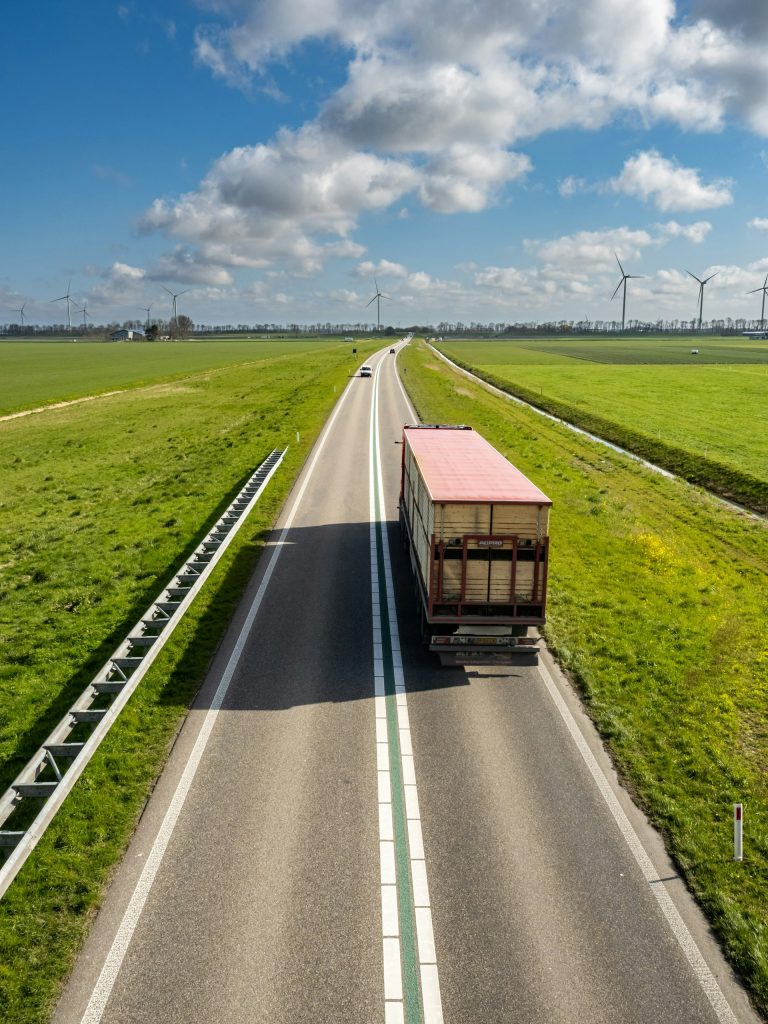Compliance with regulations is not optional; it’s a requirement that directly impacts operational continuity and corporate reputation. Companies that manage fleets of vehicles, whether in logistics, utilities, construction, or railroads, face increasing pressure to meet complex compliance standards. To meet these challenges, fleet cameras have emerged as essential tools that improve safety and help organizations maintain compliance in a cost-effective, transparent, and proactive way.

Enhancing Regulatory Oversight with Video Evidence
One of the most significant ways fleet cameras improve compliance is by providing reliable, verifiable evidence of driver behavior and vehicle performance. Regulators in transportation and logistics often require proof of adherence to safety protocols, and video footage offers an irrefutable record. In the event of an investigation, accident, or audit, managers can supply visual data that demonstrates compliance with speed limits, seatbelt use, and safe driving practices.
This capability reduces disputes, accelerates investigations, and protects both the company and the driver. By having evidence readily available, businesses can avoid costly penalties and demonstrate their commitment to meeting regulatory obligations.
Industry-Specific Applications and Documentation
For certain industries, specialized fleet cameras have become indispensable. For example, railroad fleet camera systems provide monitoring solutions tailored to the unique compliance demands of the rail sector. These systems can document, track inspections, operator attentiveness, and adherence to operational guidelines. The ability to capture and store this information is crucial in industries with stringent oversight and where safety risks are particularly high.
Across other sectors, fleet cameras serve similar roles, ensuring compliance with industry-specific rules such as hazardous material transport guidelines, driver hours-of-service regulations, or local environmental restrictions. Each video recording serves as a compliance checkpoint, creating an archive that can be referenced whenever needed.
Protecting Against Liability and Legal Risks
Compliance is about meeting regulations and about mitigating legal exposure. Fleet cameras play a pivotal role in defending against claims of negligence or misconduct. In the case of an accident, video evidence can establish what really happened, often protecting companies from fraudulent claims.
This level of protection extends beyond the courtroom. Insurers often view fleet camera adoption as a sign of proactive risk management, which can result in reduced premiums. By documenting adherence to compliance standards, companies can demonstrate due diligence and reduce their liability.
Streamlining Training and Internal Compliance Checks
Fleet cameras are not just reactive tools; they’re proactive assets for building stronger compliance programs. Video footage can be used in internal training sessions, helping companies demonstrate best practices and correct unsafe behaviors. This reduces the risk of compliance violations by ensuring that employees are consistently educated and reminded of their responsibilities.
Regular internal audits using recorded footage help companies identify gaps in compliance before they escalate into violations. Managers can spot recurring issues, like drivers failing to check mirrors or vehicles idling excessively, and take corrective action immediately.
Data Integration and Automated Reporting
Modern fleet camera systems are no longer standalone tools; they are now designed to integrate seamlessly with advanced telematics platforms, creating a centralized hub of operational data. This integration provides businesses with a complete picture of driver behavior, vehicle health, and compliance performance in real time. Instead of juggling multiple systems or piecing together fragmented data, managers can view everything from fuel usage to safety violations within a single dashboard, making oversight more efficient and decision-making more informed.
One of the most powerful advantages of this integration is automated reporting. By connecting camera feeds with telematics data, companies can automatically generate compliance reports that align with regulatory standards, reducing the need for staff to spend hours compiling spreadsheets or reviewing logs.
Building a Culture of Compliance Through Transparency
Fleet cameras help foster a workplace culture where compliance is not seen as an imposed burden but as a natural part of daily operations. When drivers are aware that their performance is being monitored, they tend to adopt safer habits, such as reducing harsh braking, following speed limits, and maintaining consistent attention on the road. These small improvements accumulate, leading to stronger compliance across the organization.
Managers can reframe fleet cameras as tools for growth and improvement rather than punishment. Video data provides clear, objective insights that can be used during coaching sessions to highlight both positive behaviors and areas for development.
A driver who consistently follows safety protocols can be recognized and rewarded, while another who struggles with certain compliance issues can receive targeted support. This balance of recognition and correction helps reduce resistance to monitoring technologies and positions them as resources for professional development.

Compliance in fleet-based industries is a complex, ongoing responsibility that demands both diligence and transparency. Fleet cameras provide a powerful solution by offering real-time visibility, verifiable evidence, and integrated data that simplifies regulatory oversight. From industry-specific tools like fleet camera systems to broader applications across logistics and construction, these technologies are reshaping how organizations approach compliance.

Founder Dinis Guarda
IntelligentHQ Your New Business Network.
IntelligentHQ is a Business network and an expert source for finance, capital markets and intelligence for thousands of global business professionals, startups, and companies.
We exist at the point of intersection between technology, social media, finance and innovation.
IntelligentHQ leverages innovation and scale of social digital technology, analytics, news, and distribution to create an unparalleled, full digital medium and social business networks spectrum.
IntelligentHQ is working hard, to become a trusted, and indispensable source of business news and analytics, within financial services and its associated supply chains and ecosystems









